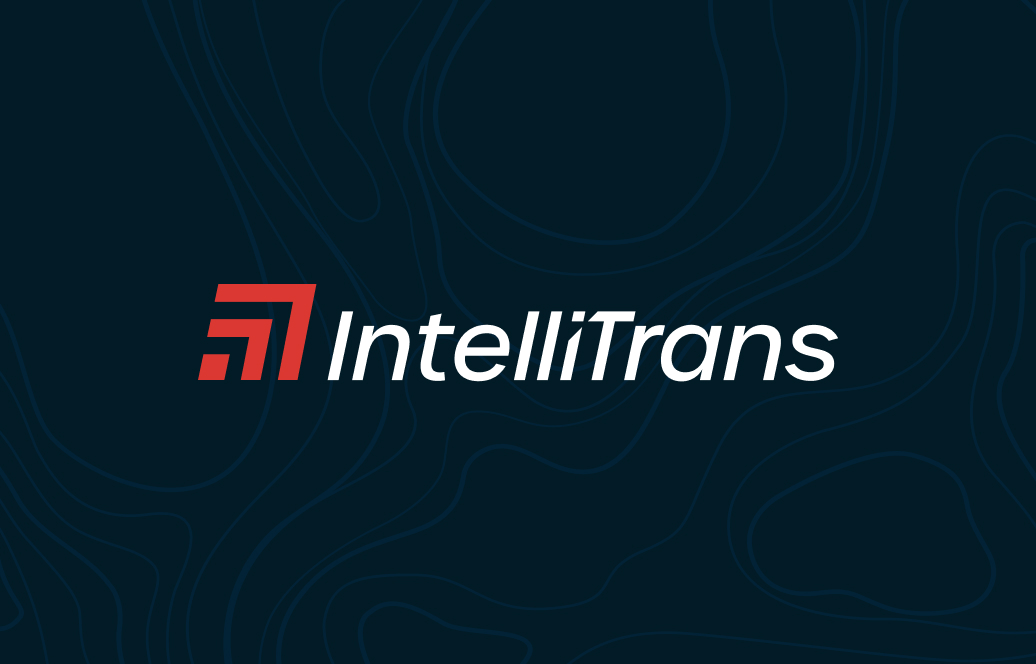

As the pace of digital transformation continues to accelerate, companies are sharpening their pencils and finding ways to pick only those platforms that truly serve them well. Where in the past it may have been okay to select a few tech tools, test them out, use some, and then let others “gather dust” in the storeroom, today’s companies continue to be asked to do more with less. Budgets are tight, the options are many, and CFOs expect supply chain managers to help them make effective business cases for the technology budgets that they’re approving.Managing all of this within the context of digitalization can be daunting, but there are ways to do it. For starters, it’s important to understand that the digital journey encompasses people, processes, and technology, and that none of these elements operate in a silo. Understanding the supply chain’s position in the broader scheme of things is equally as important, for these critical networks are no longer just another “cost of doing business.”“Supply chains are moving out of the back office and onto the value-enabling front lines of customer segmentation and product differentiation,” Deloitte points out in Tech Trends 2021.“Future-ready focused manufacturers, retailers, distributors, and others are exploring ways to transform the supply chain cost center into a customer-focused driver of value.”To make that happen, some organizations are extracting more value from the data they collect, analyze, and share across their supply networks—all in the name of preparing their supply chains for future shocks and disruptions.“The kind of disruption we have seen with the COVID-19 pandemic could well become the norm. When the next global event hits, technology and supply chain leaders won’t be able to claim they didn’t see it coming,” Deloitte said. “Modernizing legacy enterprise systems and migrating them to the cloud may help unleash an organization’s digital potential.”Unleashing Digital PotentialIn a world where a steady stream of new software companies are 1) obtaining millions of dollars in private equity to fund their marketing as well as their research and development, and 2) everyone is trying to cash in on the sudden interest in supply chains, culling down the choices and making the right one is difficult at best. For those providers backed by private equity and beholden to their investors who are looking for significant returns, the incentive to help customers look out 3-5 years to see where they’ll be and what supply chain disruptions they’ll be facing just may not be there.“These software and hardware providers are putting a lot of pressure on their sales teams to deliver rapid growth,” says Ken Sherman, President at IntelliTrans, “without giving much thought to what it really takes for the customer to maximize value delivered in the near term in addition to what other problems their customers are going to be facing in the coming years.” The company that selects the next, shiny object—versus a platform that’s been tried, tested, and honed over the years—may miss out on some significant benefits and capabilities.To avoid this problem, Sherman tells buyers to whittle down the pipeline of vendors by looking both at their current offerings and future states. Vet them carefully, and try not to succumb to the immediate pressure of having to make any decision versus having to make the best possible decision. Some companies enlist outside help during this process, but Sherman warns that this could lead to decisions that don’t truly reflect the organization’s needs.“In some cases, companies will base their technology acquisition decisions on a line item that comprises less than 5% of their business,” says Sherman, who shares an old engineering trick for avoiding this trap. Through a process known as quality function deployment (QFD), the team weighs out the impact of each of their needs and then rank potential providers against those weighted requirements (a sample scale could be 9 for high, 3 for medium, and 1 for low for both priority and capability).“By using that scale and multiplying priority times capability” says Sherman, “it creates greater separation between those that are strong in the areas that significantly impact your business and those that are not.” This simple exercise can help companies avoid getting caught up in the hype and making technology decisions that don’t align with their overall goals and plans.Finally, Sherman tells firms to look for companies that have a track record of past successes in the top-ranked areas. Focus on capabilities that are proven to be currently in production (versus those that are under development or only available in the demonstration environment), speak to past customers, focusing on those that are in your industry, and get references from them.“Go into those conversations with defined questions that align with your needs, and make sure the reference clients share your needs and can relate to your digitalization challenges,” Sherman concludes. “Then, delve into whether the solution truly met the expectations that were laid out by the provider and the company in question.”In Part III of this blog series, we explain exactly what companies get in return when they put the time and effort into digitalizing their supply chains and preparing those vital networks for the future.
.avif)
IntelliTrans: Your Digitalization PartnerIntelliTrans’ Global Control Tower provides high levels of supply chain transparency; aggregates, completes, and enhances data from a variety of sources; offers visibility into and execution of different aspects of the supply chain; and generates data-driven alerts and analytics that ask deeper questions and deliver meaningful insights.By leveraging planning, execution, and tracking information, the Global Control Tower provides analytics that measures key performance indicators (KPIs) like fleet cycle time, origin/destination dwell time, lane and carrier performance, back orders, freight spend, load optimization, and more. With their rate, equipment, lease, tracking, and invoice data in a central repository that’s accessible 24/7, companies can position themselves for success in any market conditions.